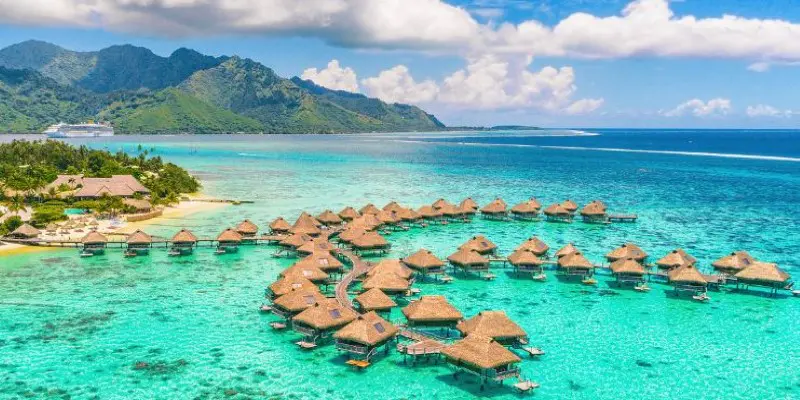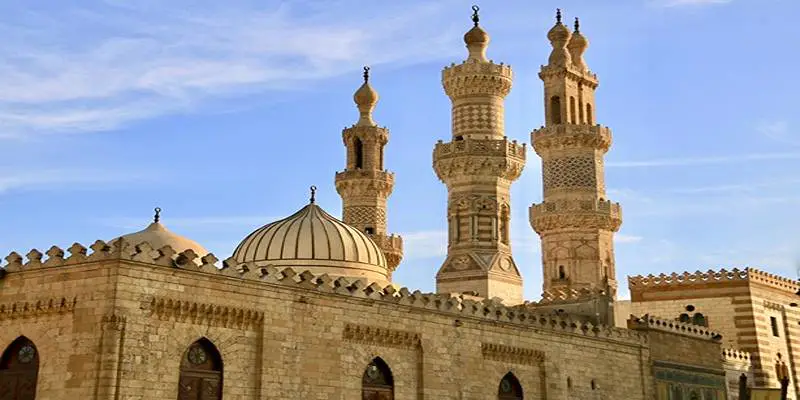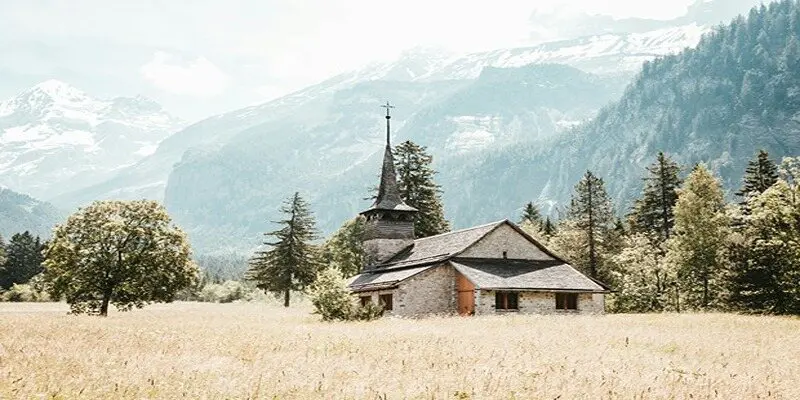The Ultimate Kenya Itinerary for Adventure Lovers
Kenya is a haven for travelers, offering a diverse range of landscapes, wildlife, and cultures, making it the ultimate destination for those seeking adventure, leisure, or exploration. From the bustling heart of Nairobi to the iconic wildlife reserves of the Masai Mara and Amboseli, Kenya promises remarkable journeys. Visitors can also hike the majestic Kenyan mountains such as Mount Kenya and the Ngong Hills, and unwind on the pristine beaches along the Indian Ocean coast. This detailed 21-day Kenya itinerary will guide you through the best destinations, blending safari, trekking, and coastal adventures.
Kenya Itinerary Overview
Day 1-3: Nairobi - Discover the Capital and Its Surroundings
Start your Kenyan adventure in the vibrant capital, Nairobi. Nairobi National Park is a unique game drive destination within the city. Visit the David Sheldrick Wildlife Trust to see baby elephants, or the Giraffe Centre for an up-close encounter with these towering creatures. At the Karen Blixen Museum, learn about the life of the famous author of "Out of Africa." Enjoy local cuisine and shop at the bustling markets downtown.
Day 4-6: Masai Mara - The Ultimate Safari Experience
Next, head to the Masai Mara, renowned for the Great Migration and abundant wildlife. Spend three days on safari, witnessing the rich animal life. Visit a traditional Masai village to learn about their customs and beliefs. If visiting between July and October, experience the dramatic river crossings during the migration of millions of wildebeest and zebras.
Day 7-9: Amboseli National Park - Elephants and Mount Kilimanjaro Views
Travel to Amboseli National Park, famous for its large elephant herds and stunning views of Mount Kilimanjaro. Enjoy early morning and late afternoon game drives to see elephants, hippos, and various birds. Amboseli offers fantastic photographic opportunities with wildlife set against the backdrop of Africa's highest peak. Interact with the local Maasai people on the final day.
Exploring Kenya's Mountainous Regions
Day 10-12: Mount Kenya - Trekking and Scenic Beauty
Embark on your mountain adventure to Mount Kenya, the second highest peak in Africa. Spend three days exploring its lower slopes, featuring rainforests and moorlands. For a more challenging hike, aim for Point Lenana, the third highest peak, for spectacular views. Enjoy day hikes, bird watching, and picnics amidst the mountain beauty, home to buffaloes, antelopes, and monkeys.
Day 13-14: Aberdare National Park - Waterfalls and Wildlife
Next, visit Aberdare National Park, known for its stunning landscapes, waterfalls, and unique wildlife. Spend two days exploring on foot and by car, spotting leopards, giant forest hogs, buffaloes, and the rare bongo antelope. Don't miss the Karuru and Gura Falls, some of the tallest in Kenya. Bird watchers will delight in over 250 bird species.
Day 15: Hiking the Ngong Hills
On your way back to Nairobi, take a day to hike the rolling green Ngong Hills. These hills offer excellent views of the Great Rift Valley and Nairobi. The trek is relatively easy but rewards hikers with stunning vistas and potential sightings of antelopes and buffaloes. The cool breeze and beautiful scenery make it a perfect end to your mountain adventure in Kenya.
Coastal Escapes on Your Kenya Travel
Day 16-18: Diani Beach - Relaxation and Water Sports
After the mountains and safari, relax at Diani Beach. Spend three days on the white sandy beaches, swimming in the Indian Ocean, and enjoying water sports like snorkeling, kite surfing, and diving. For cultural insights, visit the Kaya Kinondo Sacred Forest, a UNESCO site providing information about the Digo community.
Day 19-21: Lamu Island - A Cultural and Beach Retreat
Conclude your Kenyan journey on the serene and historically rich Lamu Island. Stroll through the narrow streets of Lamu Town, a well-preserved Swahili settlement listed by UNESCO. Explore the island on a traditional dhow sailboat, visit mosques, and relax in the seaside villages. Lamu's untouched sandy beaches offer a peaceful retreat after your Kenyan adventures.
Practical Tips for Your Kenya Itinerary
Kenya's travel seasons are divided into wet and dry periods. Ensure your vaccinations are up to date, and carry anti-malaria medication if necessary. Follow general travel guidelines such as obeying your guide’s instructions, staying hydrated, and always carrying sunscreen and insect repellent. Exercise caution when visiting towns and coastal regions.
Conclusion
Kenya strikes a perfect balance between its natural riches and its appeal as a tourist destination. A vacation in Kenya combines wildlife, adventure, and relaxation. From the dynamic city of Nairobi to the exhilarating safaris in the famous Masai Mara and the tranquil beaches of Lamu, there is something in Kenya for everyone. This 21-day itinerary offers a comprehensive taste of Kenya's geographical and cultural treasures. Embrace the pristine beauty and unforgettable experiences that Kenya has to offer, and create lasting memories.
 Yet, embarking on a journey to French Polynesia is not as straightforward as boarding a flight. Meticulous planning is essential for a seamless and delightful experience from departure to arrival.
Yet, embarking on a journey to French Polynesia is not as straightforward as boarding a flight. Meticulous planning is essential for a seamless and delightful experience from departure to arrival.









